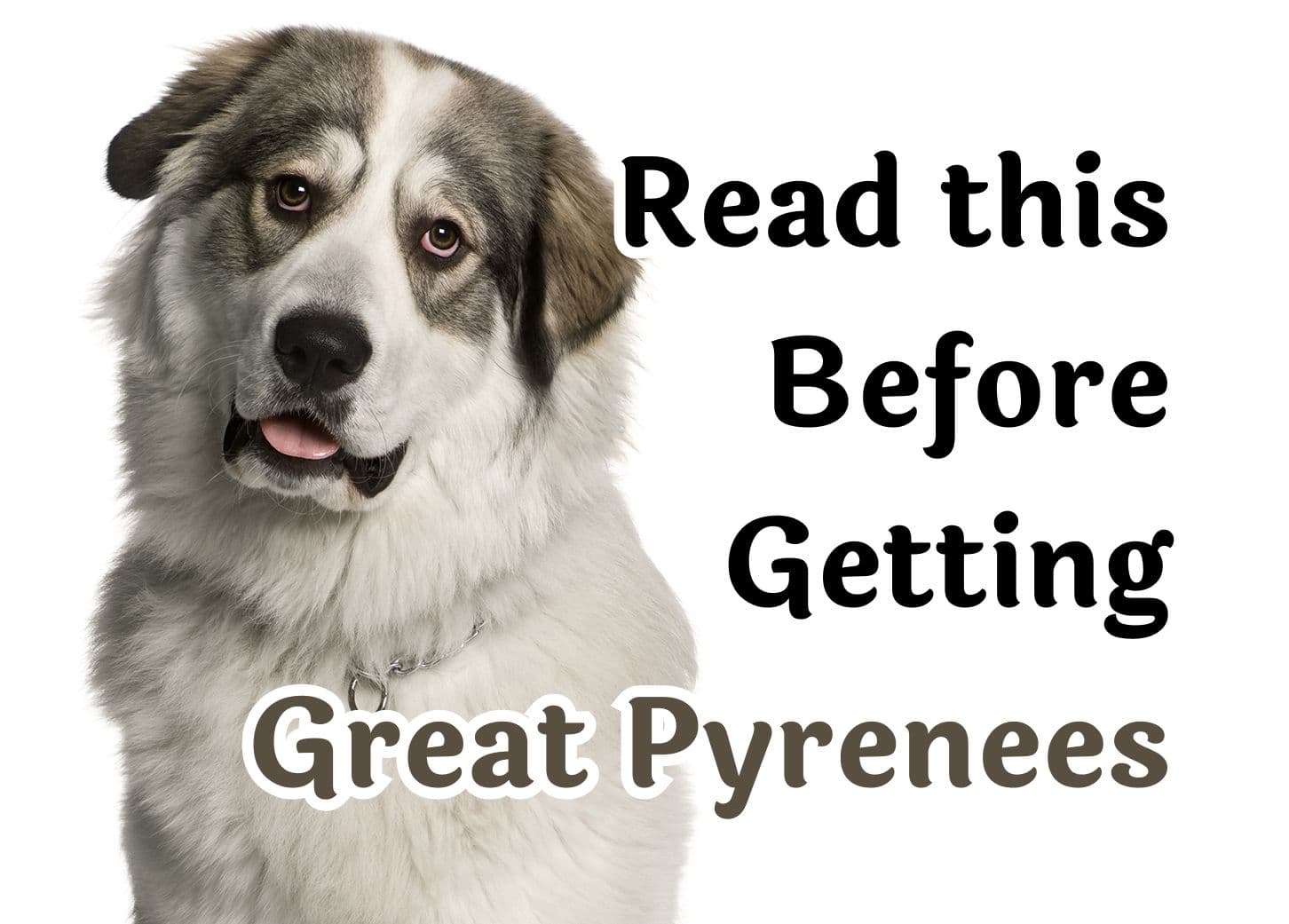What to Think About Before Adopting a Great Pyrenees

The Great Pyrenees is one of those breeds that looks like it leapt straight out of a storybook — massive, fluffy, and noble. But before you fall for that majestic white coat, let’s talk about what it’s really like to live with one. I’ve spent time with a few Pyrs over the years, and while I adore them, they’re not a one-size-fits-all dog. Here’s what you need to know if you’re thinking of bringing one home.
What They're Really Like
Great Pyrenees dogs are calm, loyal, and deeply loving — especially with their families. They’re bred to guard flocks, which means they’re naturally protective and independent thinkers. That independence can come off as stubbornness in training, but it’s just how they’re wired. You’ll need patience, consistency, and a good sense of humor during obedience training.
They’re not aggressive, but they are serious about guarding their people and property. With proper socialization early on, they’re usually good with strangers, other dogs, and even cats. Without that socialization? You might end up with a dog who treats every visitor like an intruder.
Big Dog, Big Needs
Let’s talk size. Adult Great Pyrs can reach 25–32 inches tall at the shoulder and weigh between 85–160 pounds. That’s a lot of dog. Surprisingly, though, they don’t need a massive yard — they’re often happy in apartments or smaller homes as long as they get regular walks (think two 45-minute sessions a day). They’re low-energy indoors but need space to sprawl and nap.
Just don’t expect peace and quiet — these dogs bark. A lot. Barking is how they’ve always communicated with shepherds and warned off predators. With training, you can manage it, but if barking drives you (or your neighbors) nuts, this might not be the breed for you.
Grooming and Shedding
That beautiful white coat? It’s a double-edged sword. It’s thick, double-layered, and built for mountain weather — which also means it sheds. A lot. Especially during seasonal changes. You’ll need to brush your Pyr a few times a week (daily during shedding season), and no, they are not hypoallergenic.
A quick note: never shave a Pyr. Their double coat helps regulate body temperature in both cold and heat. Shaving it can mess that up and even damage the coat permanently.
Health and Lifespan
With good care, a Great Pyrenees can live 10–12 years, which is pretty great for such a large breed. But like all big dogs, they’re prone to certain health issues — hip and elbow dysplasia, bloat, and some eye and joint problems. Always go through a reputable breeder or rescue, and get those health clearances if you’re buying a pup.
Living With a Pyr
Despite their working-dog background, Great Pyrs are total cuddlebugs. They’ll lean on you, sleep at your feet, and melt into you on the couch. They’re gentle giants in the truest sense. But they are also high-maintenance when it comes to grooming, training, and socialization.
They can be apartment dogs if you’re committed to exercise and training, but they truly thrive in homes where they can be close to their people. Leaving them outside alone all night? Not a good idea. They want to be part of the family — not the yard furniture.
The Bottom Line
Great Pyrenees dogs are amazing companions for the right person or family. They’re not low-effort pets, but if you’re ready to invest time in training and grooming — and you don’t mind a little barking and a lot of fur — they can be one of the most loyal, affectionate dogs you’ll ever meet.
If you’re ready for a big-hearted, big-bodied dog who’s equal parts guardian and gentle snuggle buddy, the Great Pyrenees might just be your perfect match.
Take the Quiz
Is a Great Pyrenees Right for You?
The Great Pyrenees is a gentle giant known for its protective nature and loyalty. Discover if this majestic breed is your perfect match by taking the quiz! Answer all questions below to discover your compatibility score and get personalized insights.
Question #1: What is the main reason you want a dog?
Question #2: How active is your lifestyle?
Question #3: How much time can you dedicate to your dog daily?
Question #4: What best describes your home environment?
Question #5: What size dog do you prefer?
Question #6: What personality traits do you want in your dog?
Question #7: How much grooming can you handle?
Question #8: Who else lives with the dog?
Question #9: Is this your first dog?
Please answer all 9 questions to see your results
